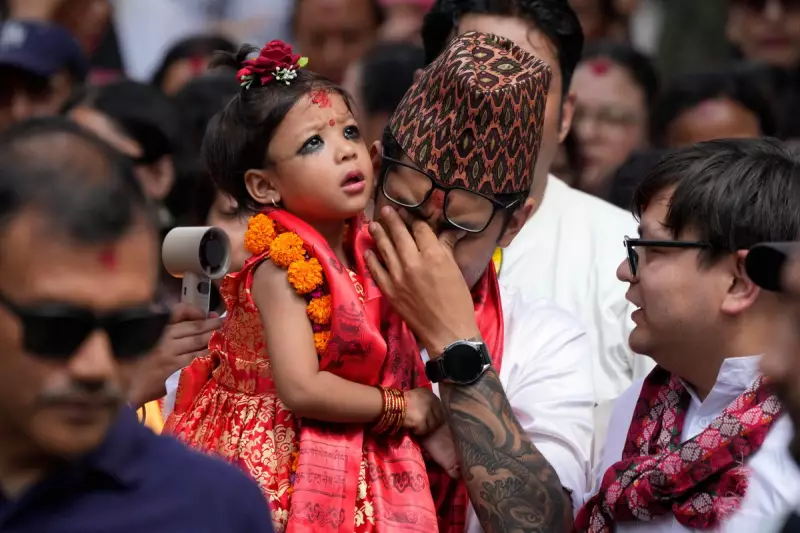
In the heart of Kathmandu, an ancient tradition continues to captivate and divide opinion - the practice of worshipping young girls as living manifestations of the Hindu goddess Taleju. These children, known as Kumaris, live extraordinary lives isolated from normal childhood experiences until they reach puberty.
The Divine Selection Process
The selection process for a Kumari is both rigorous and mystical. Candidates must be from the Buddhist Shakya clan and undergo terrifying trials designed to test their courage and divine nature. They must demonstrate fearlessness in darkened rooms filled with animal heads and remain calm amidst loud noises and intimidating scenes - all while displaying the 32 perfections of a goddess.
A Life of Isolation and Worship
Once chosen, the Kumari's life transforms dramatically. She leaves her family to reside in the Kumari Ghar, a temple palace in Kathmandu's Durbar Square. Her days are spent receiving worshippers, giving blessings, and participating in religious ceremonies. The child is carried everywhere her feet cannot touch the ground, as believers consider contact with it sacred.
The Controversy Surrounding the Tradition
Human rights advocates have raised significant concerns about the practice. The isolation from family, lack of formal education during their tenure, and psychological impact of sudden return to normal life after menstruation begins have drawn international criticism. Many former Kumaris struggle with the transition back to ordinary existence, having been treated as divine beings for most of their childhood.
A Modern Perspective from a Former Goddess
Arya Tara Shakya, who served as Kumari from 2008 to 2017, offers a nuanced view of her experience. While acknowledging the difficulties of reintegration, she also speaks of the tradition's cultural significance. Her story highlights the complex balance between preserving ancient customs and protecting children's rights in contemporary Nepal.
This centuries-old practice continues to evolve, with recent reforms allowing Kumaris access to education during their tenure. Yet the debate continues between cultural preservationists and child welfare advocates about the future of Nepal's living goddess tradition.





